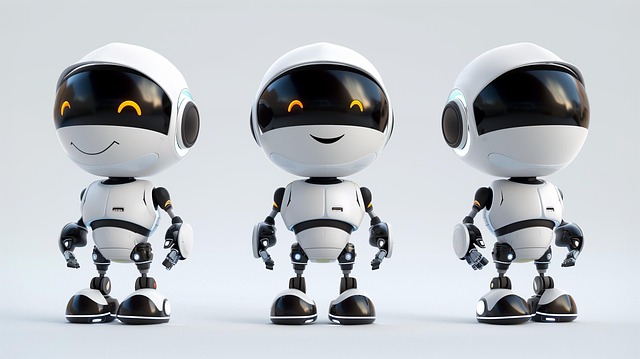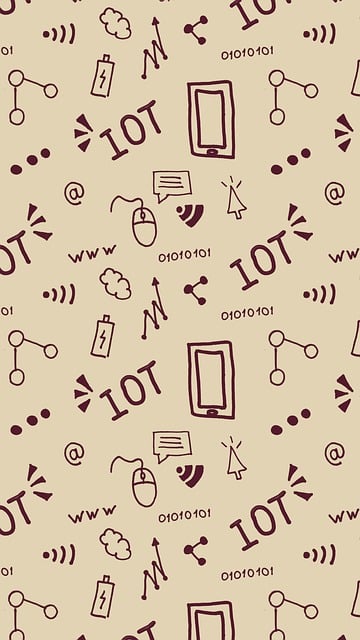“Unleash the power of conversational AI with our comprehensive guide on building your own chatbot. In today’s digital landscape, AI chatbots are transforming interactions, offering personalized experiences, and driving business growth. This article takes you through the entire process, from understanding the fundamentals of AI chatbot technology to designing, developing, and optimizing performance. By the end, you’ll be equipped to create engaging, efficient, and intelligent chatbots.”
- Understanding AI Chatbot Technology
- Designing and Developing Your Chatbot
- Implementing and Optimizing Performance
Understanding AI Chatbot Technology

AI chatbot technology has revolutionized the way we interact with machines, offering natural and human-like conversations. At their core, these chatbots leverage advanced artificial intelligence, particularly in the field of Natural Language Processing (NLP), to comprehend and generate human language. NLP enables AI chatbots to analyze user inputs, identify intents, and extract relevant information, allowing them to provide contextually appropriate responses.
The evolution of AI chatbots is evident in their growing sophistication, from basic rule-based systems to sophisticated machine learning models. Machine learning algorithms, especially deep learning, play a pivotal role in training chatbots on vast datasets, enabling them to learn patterns, acquire knowledge, and continuously improve their performance over time. This dynamic learning capability ensures that AI chatbots can adapt to new information, stay up-to-date with language trends, and offer more accurate and personalized interactions.
Designing and Developing Your Chatbot

Designing and developing an AI chatbot involves a thoughtful, structured approach. First, define your chatbot’s purpose and target audience. Are they meant to provide customer support, offer product recommendations, or engage in casual conversations? Understanding this will guide your design choices, from the conversational tone and language complexity to the types of responses and interactions expected.
Next, choose an appropriate platform or framework for development. Various options exist, ranging from rule-based systems to more advanced natural language processing (NLP) tools. Consider factors like scalability, customization, and integration capabilities with existing systems. A solid architecture will ensure your chatbot can handle a diverse range of user queries and evolve as technology advances.
Implementing and Optimizing Performance

Once your AI chatbot is developed, implementing and optimizing its performance are crucial steps for any successful bot. The first aspect involves setting up the chatbot on your desired platform—a website, messaging app, or social media channel. This process entails integrating the chatbot’s backend with your chosen interface, ensuring a seamless interaction experience for users.
Performance optimization is an ongoing task that requires regular testing and adjustments. Monitor response times, accuracy rates, and user satisfaction levels to identify areas of improvement. Utilize analytics tools to track user interactions, common queries, and potential bottlenecks in the chatbot’s logic. By refining these aspects, you can enhance the overall efficiency and effectiveness of your AI chatbot, providing users with more accurate and engaging responses.
Building an AI chatbot is a multifaceted process that involves understanding advanced technology, meticulous designing, and continuous optimization. By mastering these steps, you can create engaging conversational agents that enhance user experiences across various sectors. Remember, the key lies in combining creative design with robust development practices to build ai chatbots that not only meet but exceed user expectations.
